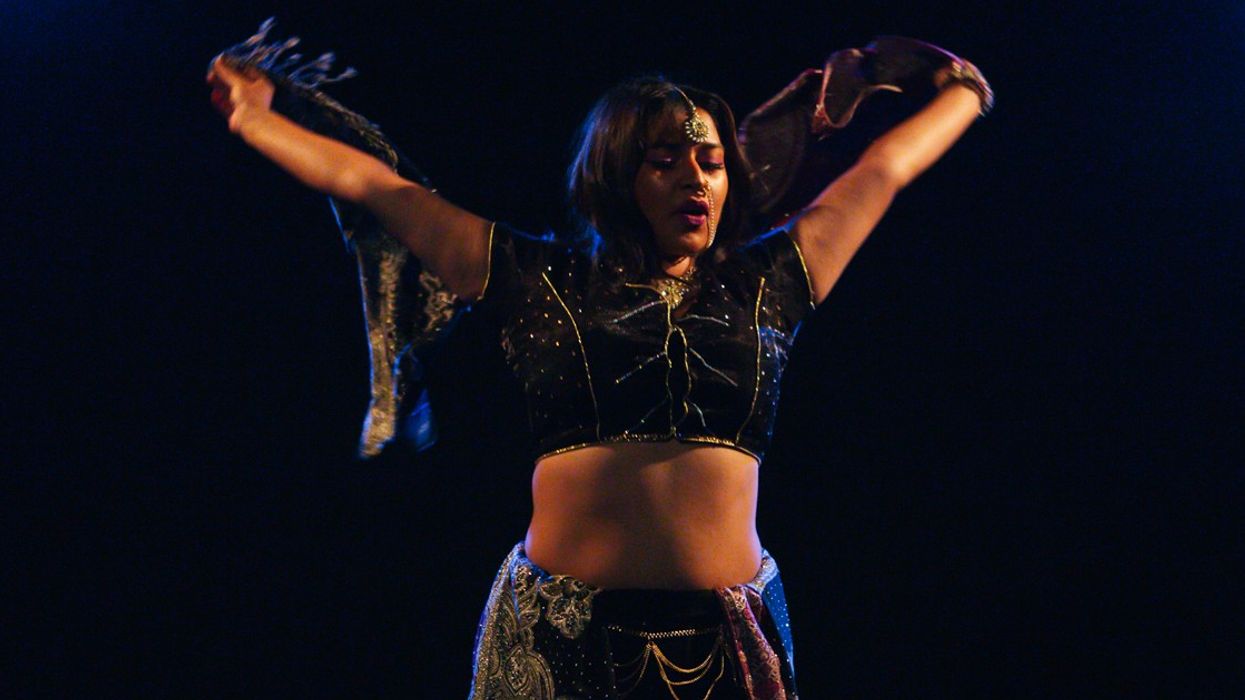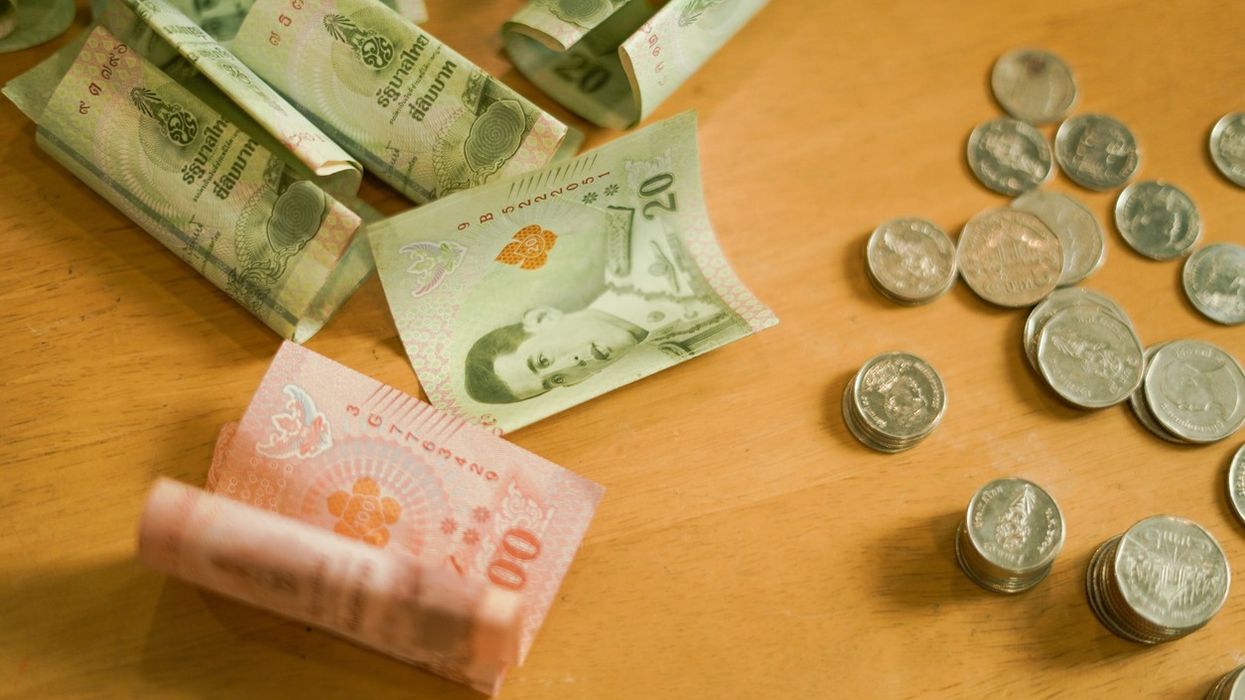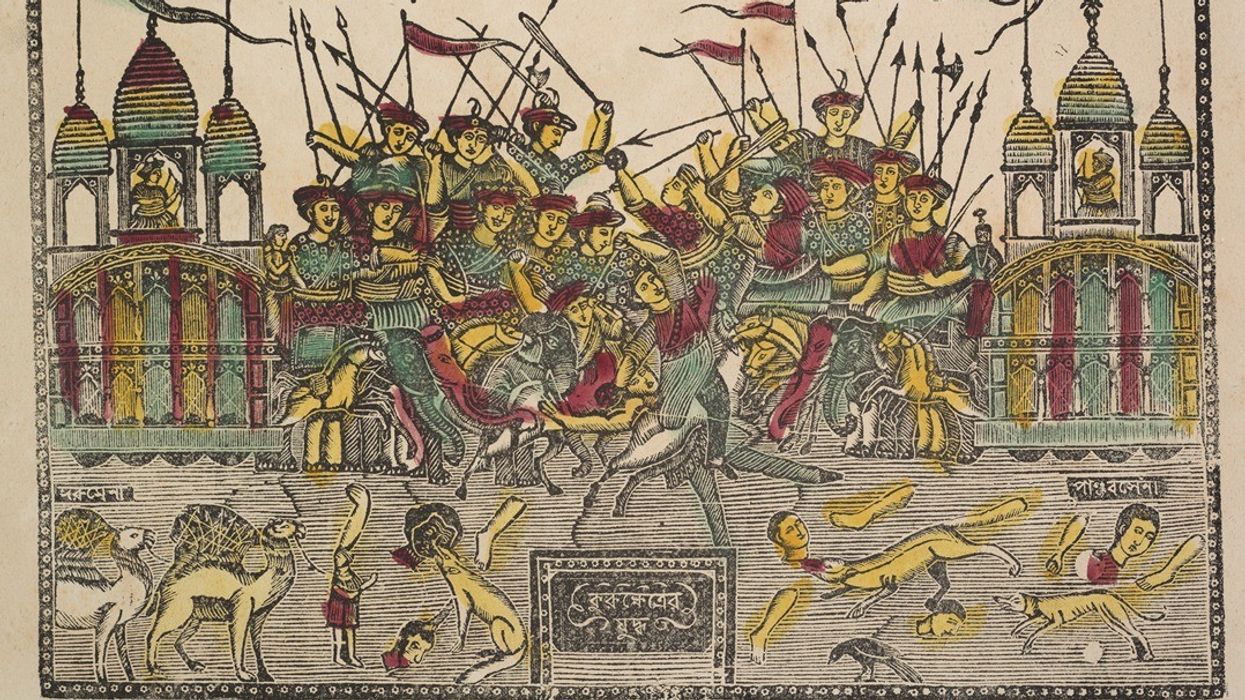BOLLYWOOD and Hollywood are so similar, yet worlds apart, but their influences run deep. While each is celebrated for being unique, what isn’t often discussed or acknowledged are the times when they have beautifully blended, including in everyday life.
Many of these influences will always run deep. From vintage Hollywood to sparkles of Hindi cinema, their romance has created many passionate, brave spirits, with a dash of rebellion, adorned with diamantes and dramatic gestures. One of them is me! It’s a flame that will never go out.
From as early as I can remember, I would wrap my grandmother’s beautifully printed saris around me like a bandage of power and passion, swaying my hips to the beat of whatever made me feel good. I would embrace the romance of Bollywood with bangles up to my elbow, scarves in every colour, hair accessories, and bindis so huge that they could probably be spotted from outer space. There was also the kohl eyeliner, traditionally in a prestige silver bottle, that was pure charcoal and took two to four working days to remove. It was finished off with blinging jewellery and a fake plait. I was the main character, and life was my Bollywood movie.
On the other side of my family, I would raid my nan’s wardrobe and collect vintage accessories rooted in classic Hollywood. Lavish coats with fur trims, so heavy that I would drown in the weight of them, but my determination to feel glamorous was heavier. Hats, boas, scarves, elbow-length gloves, platform heels, pearls that could fill an ocean, and costume jewellery that would put all the UK charity stores to shame.
That Bollywood-Hollywood combination was integrated within my heart, soul, and wardrobe. From Hema Malini’s majestic make-up, including eyeliner as thick as all our dreams, to the curvy hips of Marilyn Monroe; Zeenat Aman’s rebellious fashion to Audrey Hepburn’s glittery jewellery and head accessories. That famous scene with Marilyn Monroe and Jane Russell in Gentlemen Prefer Blondes, strutting into a room and captivating every gaze. All of this and more was injected into my veins. It gave me confidence and motivated me to inspire myself.
I became that girl in a maxi dress with a bindi on her head. I would wear Indian bangles with my two-piece outfit. A lehenga with English gold, which was a sin growing up, but I unapologetically made my own rules.
It wasn’t just the fashion, jewellery, make-up, and swagger that helped shape me – it was the music too. For every Hollywood banger, there would be a beautiful Bollywood beat.
When it came to picking my stage name while training to become a burlesque performer, I closed my eyes and asked, “Who am I? What do I stand for?” The answer came to me. I am a mix and can’t be confined to one category. A celebration of diverse identities and cultures, living in multicultural London. I am Bombae Mix, and that will never change.
Shiveena Haque (Bombae Mix) is a model coordinator for a leading beauty brand by day and a lover of the arts by night. Whether being creative herself or getting inspired by theatre or performances ,she believes in the transformative power of art.

















Anurag Bajpayee's Gradiant: The water company tackling a global crisis